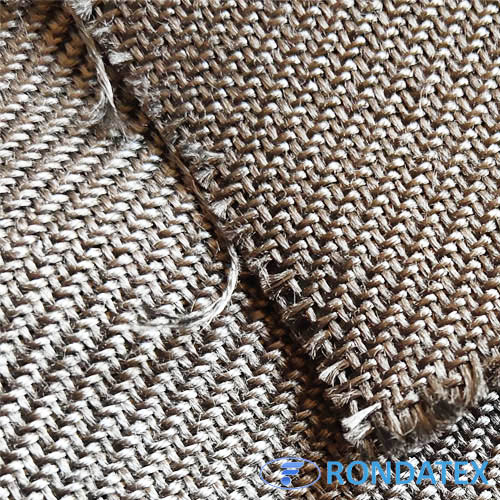
[Specifications]
| Material | SS316L Stainless steel |
| Fiber diameter | 8 micron,12micron and customized size |
| Fiber Longth | 50mm ,60mm and customized size |
[Applications]
316L Stainless steel fibers have become increasingly popular in the textile industry due to their unique properties. These fibers are made of high-quality stainless steel and can be used for a variety of applications. In this article, we will explore the various uses of stainless steel fibers in the textile industry.
One of the most significant advantages of 316L stainless steel fibers is their durability. They are extremely strong and can withstand wear and tear caused by repeated use or exposure to various chemicals. This makes them ideal for use in protective clothing, such as gloves or aprons, where safety is a critical concern.
Stainless steel fibers are also used in clothing and garments to provide anti-static properties. When incorporated into fabrics, these fibers can help reduce static electricity by conducting electric charge away from the body. This is particularly useful in environments where static electricity can cause damage or injury, such as in cleanrooms or laboratories.
In addition to protective clothing and garments, stainless steel fibers are also used in industrial fabrics. These fabrics are used in a variety of applications, including filtration systems, conveyor belts, and insulation. Stainless steel fibers are particularly useful in these applications because they are resistant to corrosion, heat, and chemicals.
Another emerging use of SS fibers is in wearable technology. These fibers can be woven into fabrics to create smart clothing that can monitor vital signs, track movement or provide other functions. This technology has the potential to revolutionize the healthcare industry by providing doctors and patients with real-time data and insights.
In conclusion, stainless steel fibers are becoming increasingly important in the textile industry due to their unique properties and versatility. From protective clothing and industrial fabrics to wearable technology, these fibers have a wide range of applications. As technology advances and new uses for these fibers are discovered, we can expect to see even more innovative applications in the future.

 Email
Email Tel/Wechat
Tel/Wechat
 Braided Stainless Steel Rope
Braided Stainless Steel Rope  Stainless Steel Fiber Blended Yarn
Stainless Steel Fiber Blended Yarn  Knitted FeCrAl Metal Fiber
Knitted FeCrAl Metal Fiber  High Temp Resist FeCrAl Fabric
High Temp Resist FeCrAl Fabric  Stainless Steel Fiber For Nonwoven Fabrics
Stainless Steel Fiber For Nonwoven Fabrics 







 Home
Home Tel
Tel Products
Products